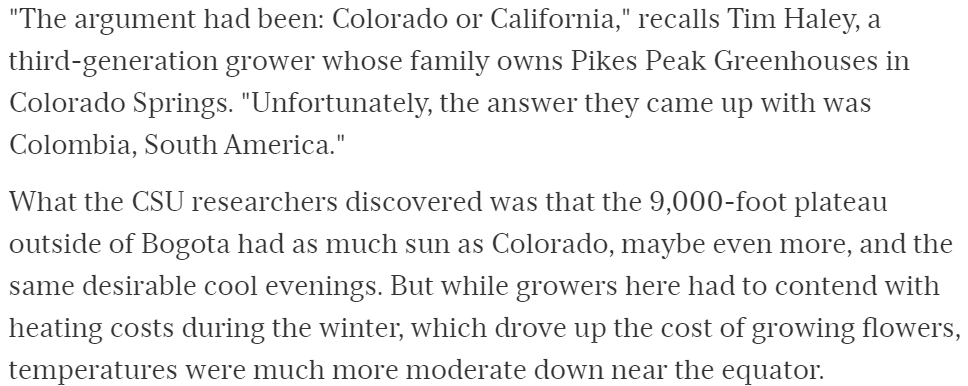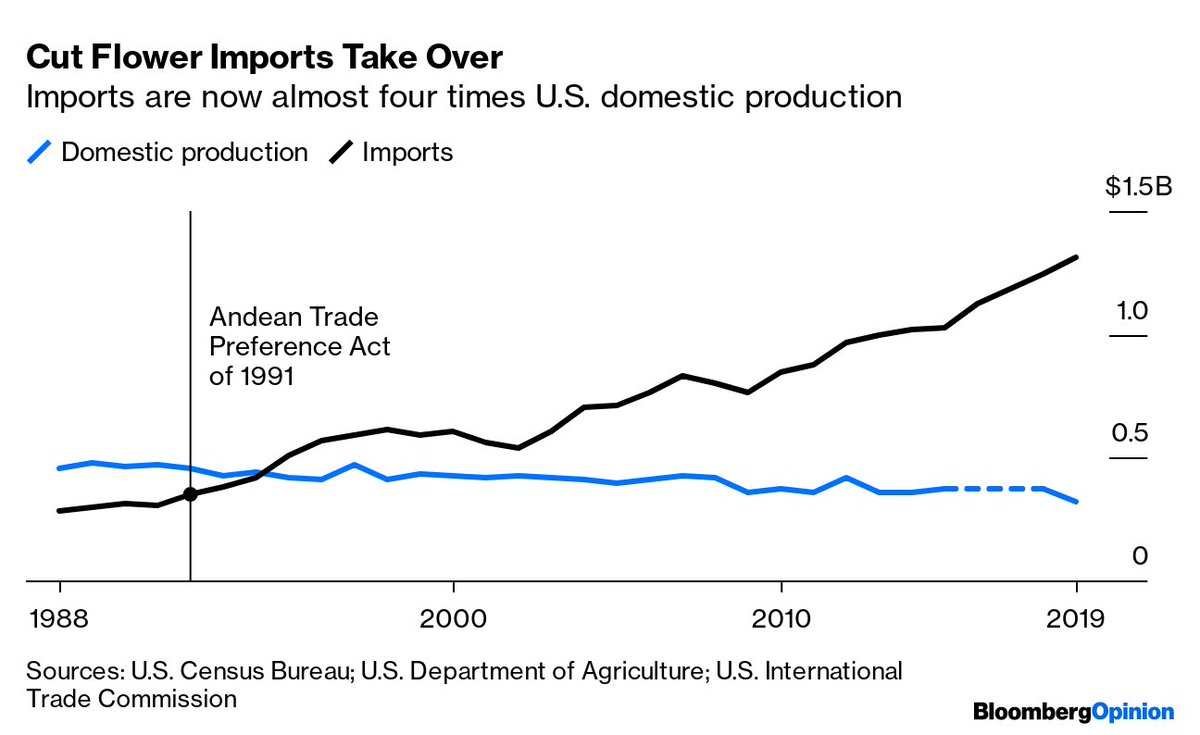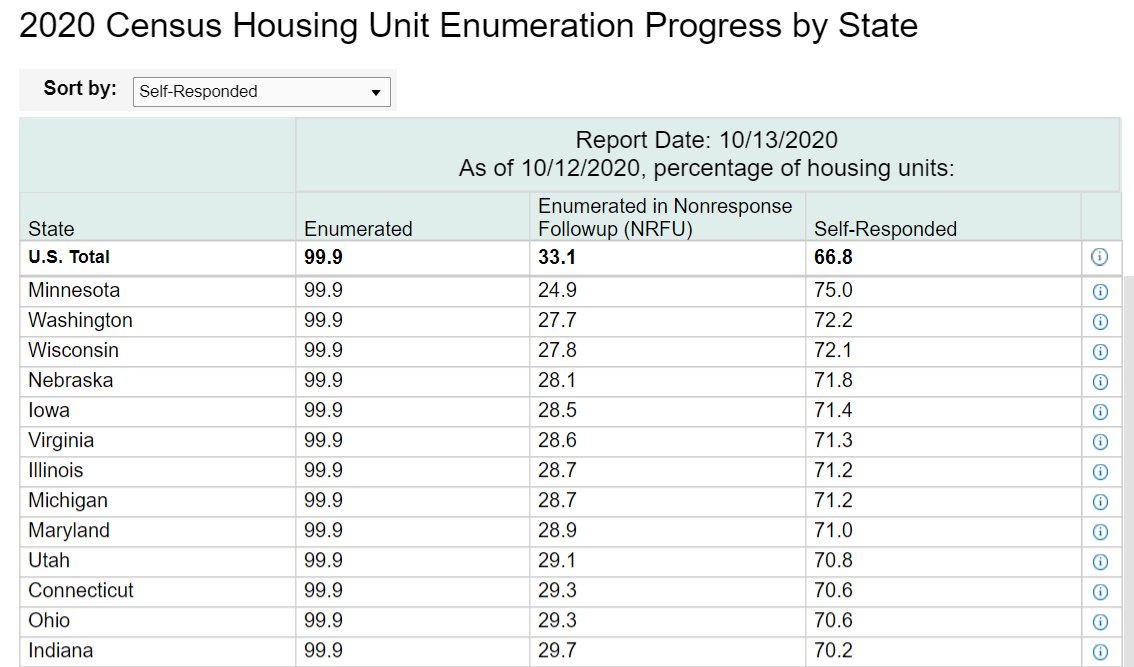
As always, I offer answers to your most pressing questions, such as "where do those flowers come from?" bloomberg.com/opinion/articl… 

While Colombia and Ecuador dominate U.S. flower imports, they still trail the Netherlands in global exports bloomberg.com/opinion/articl… 

It used to be that most cut flowers in the U.S. came from greenhouses near big cities, with New York and Pennsylvania the top two producers lib-usda-05.serverfarm.cornell.edu/usda/AgCensusI… 

But over time California, Florida and (weirdly) Colorado built up big flower industries that shipped to other states. Colorado specialized in carnations. downloads.usda.library.cornell.edu/usda-esmis/fil… 

Colorado growers funded research at Colorado State University into how to gain an edge on rival California. They got a surprising answer (from a great 1996 article in @DenverWestword) westword.com/news/growing-g… 

It took some time, plus the enactment of the Andean Trade Preference Act of 1991, but by the mid-1990s Colombian carnations had supplanted Colorado's and the U.S. was importing most of its cut flowers bloomberg.com/opinion/articl… 

Which flowers do we import from Colombia and neighboring Ecuador? Mainly roses, carnations and chrysanthemums (pompons are a kind of chrysanthemum) bloomberg.com/opinion/articl… 

Meanwhile, tulips, lilies, daisies and gladioli are more likely to be home-grown bloomberg.com/opinion/articl… 

Anyway, this is what happens when @jkarl26 says: "Hey, Mother's Day is coming up. Want to write something about flowers?" bloomberg.com/opinion/articl…
Finally, here's my favorite new data series, in which the @USDA tells us how many flowers of which kind from which country land at Miami airport every weekday. These are from last Thursday usda.library.cornell.edu/concern/public… 

• • •
Missing some Tweet in this thread? You can try to
force a refresh











